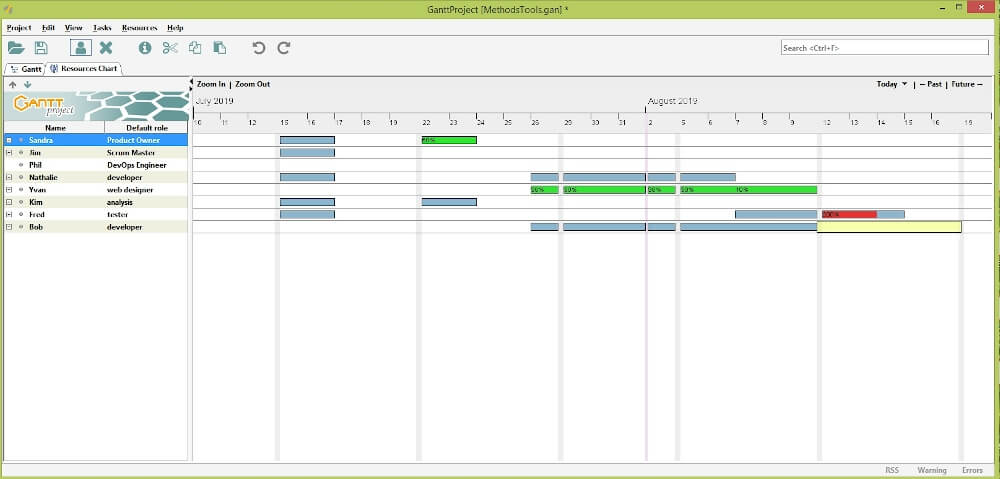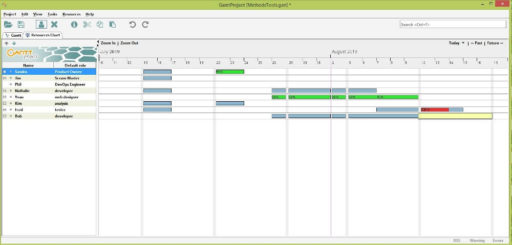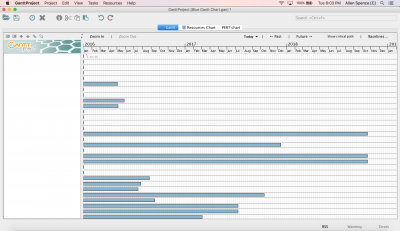

Here are just a few types of teams and companies that use gantt charts to plan, schedule, and execute their projects: Gantt charts are useful in almost any industry. Want to see how gantt charts apply to different projects and industries? Check out these gantt chart examples. You have a good idea of roughly how long each task should or can take.Team members work on multiple projects at a time, and you need to manage their workloads.Your project involves even just a little complexity, such as tasks that need to be done in a specific order.A boss, client, or team member wants to see a visual timeline of the project from beginning to end.Multiple people or teams are involved in the project and need to be coordinated.If ANY of these are true about your project, use a gantt chart: So how do you know when to use a gantt chart to manage your project? We think a gantt chart’s handy for any project with a plan! But here are a few sure signs you’re going to need a gantt chart to get the job done.
#GANTTPROJECT CONS HOW TO#
How does a gantt chart compare to other alternatives? See how to use a gantt chart effectively to manage your projects. Project managers use a variety of tools-from gantt charts and kanban boards to spreadsheets and task lists-to keep up with project details, deadlines, and to-dos. Here’s what separates gantt charts from the rest of the pack when it comes to time-sensitive or complex projects. The comparison is clear: Spreadsheets, kanban boards, and tasks lists fall short when it comes to important project management tasks, like building a timeline, outlining dependencies, and managing workloads.

Without these 3 gantt chart features, you’ll have a tough time communicating the plan to your team, clients, and stakeholders and answering simple questions like:

View and manage projects as a gantt chart, task list, calendar, or kanban board, and upload important spreadsheets to the project documents.


 0 kommentar(er)
0 kommentar(er)
